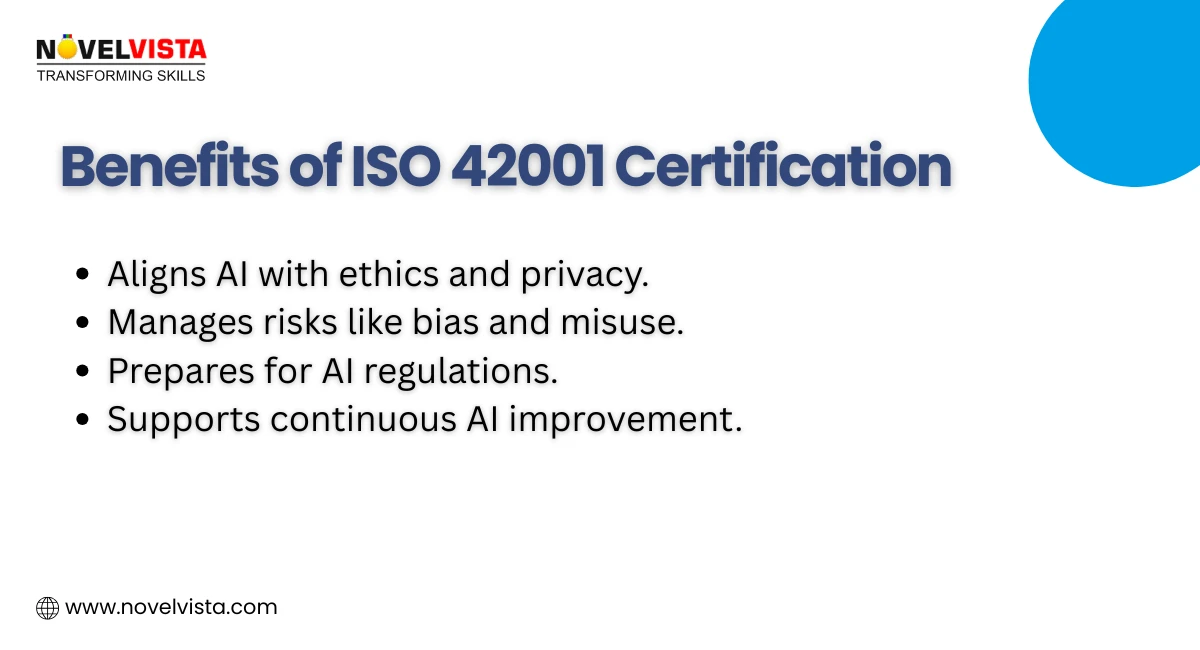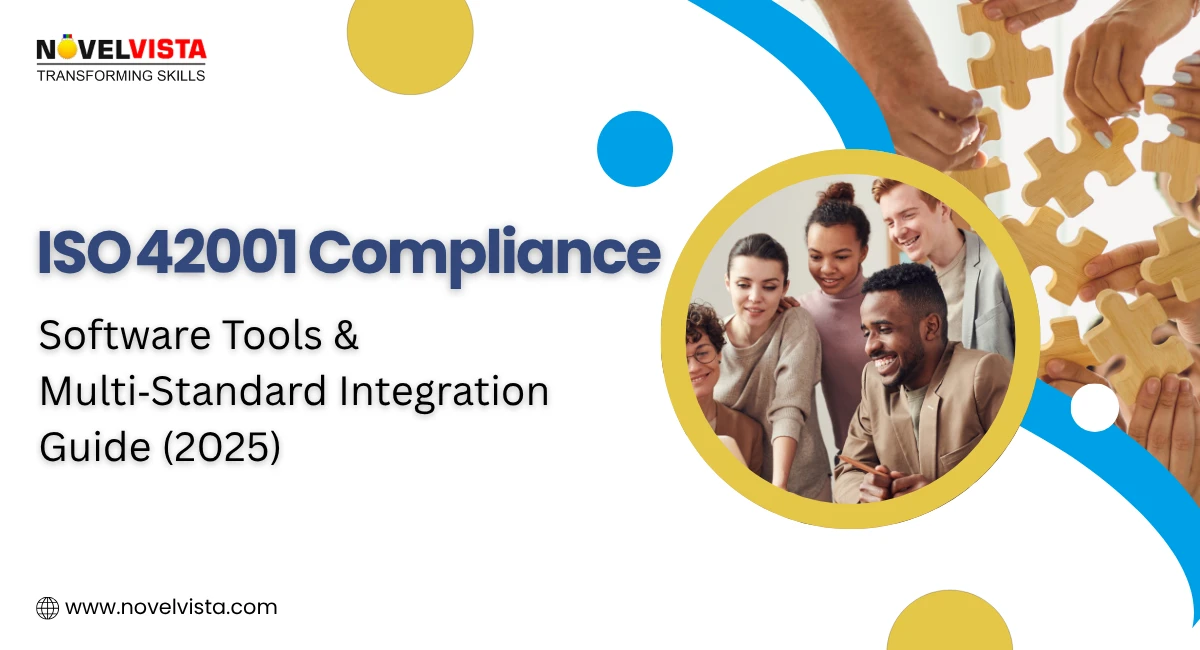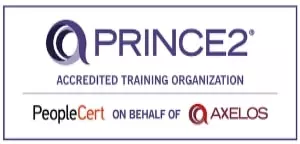- What Is ISO 42001 and Why It’s Critical Now
- ISO 42001 Core Compliance Requirements
- ISO 42001 Compliance Readiness by Region or Sector
- ISO 42001 Governance Roles and Responsibilities
- How ISO 42001 Certification Compliments Other ISO Frameworks
- ISO 42001 Compliance Software and Tools
- Action Plan: How to Launch ISO 42001 Compliance in 90 Days
- Final Takeaway
In this climate, ISO 42001 compliance is more than a regulatory checkbox—it’s a strategic imperative. This blog delves into how ISO 42001 equips organizations to manage AI risks, ensure ethical deployment, and maintain stakeholder trust. We’ll explore the standard’s core requirements, integration with frameworks like ISO 27001, and practical tools to streamline compliance. By the end, you'll understand how adopting ISO 42001 can transform AI governance from a challenge into a competitive advantage.
What Is ISO 42001 and Why It’s Critical Now

Global Snapshot of ISO 42001
ISO 42001, published in December 2023, is the first international standard for AI Management Systems (AIMS). The ISO 42001 AI standard focuses on the ISO 42001 compliance, governance, and risk management of AI technologies throughout their lifecycle, addressing key areas like leadership, compliance, ethics, and transparency.
Key Benefits:
- Aligns AI deployment with ethical guidelines and privacy standards.
- Helps organizations manage risks associated with AI, such as model bias and data misuse.
- Prepares organizations for evolving AI regulations, like the EU AI Act and global privacy laws.
- Provides a structured approach for continuous improvement and performance evaluation in AI operations.
Why Organizations Must Pay Attention
The adoption of ISO 42001 is gaining momentum globally. Companies like Snowflake and Anthropic are among the early adopters of ISO 42001 certification. As AI regulations become stricter worldwide, ensuring ethical AI use through standards like ISO 42001 will provide a competitive edge.
ISO 42001 certification signals to stakeholders that your organization is committed to responsible AI, helping you build trust with clients, investors, and regulators.
ISO 42001 Implementation Roadmap
Follow a clear path to AI risk management and certification success.
ISO 42001 Core Compliance Requirements
Clauses 4–10 Overview
The core clauses of ISO 42001 ensure AI systems are designed, deployed, and managed responsibly while embedding ethics, risk management, and continuous improvement across organizational processes.
- Clause 4: Context of the Organization – Identify internal and external factors, key stakeholders, and define the scope of AI operations to align governance with organizational objectives.
- Clause 5: Leadership – Ensure top management demonstrates commitment to ethical AI, defines roles, and enforces governance policies throughout the organization.
- Clause 6: Planning – Assess AI-related risks and opportunities, set measurable objectives, and align AI initiatives with corporate goals for better outcomes.
- Clause 7: Support – Provide necessary resources, develop competencies, and establish clear communication channels to enable smooth AI governance and operations.
- Clause 8: Operation – Manage AI processes and deliver products/services efficiently while maintaining compliance, performance, and ethical standards.
- Clause 9: Performance Evaluation – Conduct internal audits, monitor activities, and perform management reviews to evaluate AI compliance and governance effectiveness.
- Clause 10: Improvement – Address nonconformities, implement corrective actions, and continuously enhance AI governance systems for long-term reliability and ethical performance.
Annex A Controls
Annex A defines essential AI governance controls to mitigate risk, ensure accountability, and maintain transparency.
- A.2: Bias Mitigation – Implement measures to ensure fairness, inclusivity, and minimize bias in AI training data and models.
- A.3: Audit Trails – Maintain detailed records of AI operations and decisions to ensure transparency and accountability across the AI lifecycle.
- A.4: Data Governance – Protect AI data with privacy, security, and transparency measures to ensure ethical handling and regulatory compliance.
- A.7: Incident Response – Develop structured plans to detect, respond to, and remediate AI-related breaches or operational failures effectively.
ISO 42001 Compliance Readiness by Region or Sector
As AI governance evolves, regions and sectors are adopting different frameworks for responsible AI deployment. Here’s a comparison of ISO 42001 compliance readiness:
European Union: EU AI Act
- Focus: Regulations on high-risk AI systems ensuring transparency, accountability, and safety.
- ISO 42001 Alignment: Provides a structured framework for managing AI risks and ethical deployment.
- Readiness: High, with strong legal frameworks.
India: DPDP Act
- Focus: Protects personal data in AI systems, emphasizing privacy and consent.
- ISO 42001 Alignment: Helps safeguard AI data privacy and comply with national laws.
- Readiness: Moderate, with growing AI regulations.
United States: AI Bill of Rights
- Focus: Ethical use of AI, protection from discrimination, and transparency.
- ISO 42001 Alignment: Supports AI ethics and accountability.
- Readiness: Moderate, with ongoing regulatory discussions.
China: AI Ethics Policy
- Focus: Ensures ethical AI use while prioritizing national security.
- ISO 42001 Alignment: Integrates ethical considerations into AI development.
- Readiness: High, with government-driven AI governance.
Sector-Specific Readiness
- Healthcare: AI ethics and privacy alignment with regulations like HIPAA and GDPR.
- Finance: AI risk management in line with regulations like MiFID II and Dodd-Frank.
- Manufacturing: AI risk management and ethical practices in automation and supply chains.
ISO 42001 Governance Roles and Responsibilities
Role |
Responsibilities |
AI Governance Officer |
Oversee AI governance, ensure compliance, and manage risk |
AI Compliance Manager |
Monitor compliance, conduct audits, and ensure ISO 42001 adherence |
AI Risk Manager |
Identify, access, and mitigate AI-related risks |
Data Privacy Officer |
Ensure AI systems comply with privacy laws and manage data privacy audits |
AI Ethics Officer |
Ensure ethical AI development and address concerns |
AI System Owner |
Oversee AI design, development, and deployment |
AI security officer |
Ensure AI security and protect against threats |
AI Audit Lead |
Conduct audits and report on AI compliance |
AI Training Coordinator |
Develop and deliver AI governance training programs |
How ISO 42001 Certification Compliments Other ISO Frameworks
Integrating ISO 42001 with other standards like ISO 27001, ISO 9001, and ISO 27701 creates a comprehensive governance framework. This approach ensures AI systems are secure, high-quality, and privacy-compliant. Here’s how these standards work together:
1. ISO 42001 and ISO 27001 (Information Security)
ISO 27001 focuses on securing information within an organization. Integrating it with ISO 42001 ensures that:
- AI technologies meet both security and ethical standards.
- AI models, data, and processes are protected from cyber threats and breaches.
2. ISO 42001 and ISO 9001 (Quality Management)
ISO 9001 helps maintain consistent quality in products and services. When combined with ISO 42001, it ensures that:
- AI systems follow governance principles and deliver quality outputs.
- Continuous improvement is promoted in AI practices, meeting quality standards while managing AI risks.
3. ISO 42001 and ISO 27701 (Privacy Information)
ISO 27701 extends ISO 27001 to focus on privacy. Integrating ISO 42001 with ISO 27701 ensures that:
- AI systems are designed with privacy at the core.
- Organizations comply with privacy regulations and manage personal data responsibly.
By aligning ISO 42001 with ISO 27001, ISO 9001, and ISO 27701, organizations can create a unified AI governance approach, addressing security, quality, and privacy while fostering compliance and trust.
ISO 42001 Compliance Software and Tools
Compliance Automation Platforms
There are several compliance automation tools that streamline the process of adhering to ISO 42001:
- OneTrust: Cross-standard mapping for ISO 27001 and 42001.
- Scytale: Provides AI governance frameworks, policy workflows, and risk scoring.
- Cloud Security Alliance: Offers pre-built controls for AI governance.
These tools help businesses track compliance, generate audit trails, and integrate AI governance with other standards like ISO 27001.
Gap Assessment & Risk Platforms
Using gap assessment tools will help you identify where your AI systems fall short of ISO 42001. These tools allow for efficient risk scoring, policy creation, and impact assessments across AI systems.
Monitoring & Reporting Tools
Tools like Splunk, Prometheus, and Grafana are excellent for real-time monitoring and audit evidence collection. These tools track AI system behavior, data usage, and security events, ensuring that your organization remains compliant at all times.
Action Plan: How to Launch ISO 42001 Compliance in 90 Days
Achieving ISO 42001 can seem daunting, but with a structured approach and the right tools, you can break it down into manageable steps. Here's your 90-day action plan:
Phase |
Key Activities |
Weeks 1-2 |
Conduct gap analysis, define AIMS scope, engage stakeholders. |
Weeks 3-4 |
Draft AI policies, assess risks, design governance, and bias mitigation. |
Weeks 5-6 |
Map Annex A controls, align with ISO 27001. |
Weeks 7-8 |
Set up monitoring, response protocols, automate evidence collection. |
Weeks 9-12 |
Finalize reviews, conduct mock audit, start training and compliance rollout. |
By the end of these 90 days, you’ll be equipped to implement, track, and maintain ISO 42001 across your organization, well on your way to becoming an industry leader in AI governance.
Final Takeaway
ISO 42001 compliance is no longer optional; it’s essential for organizations seeking to manage AI risks responsibly. From understanding the standard’s core requirements and Annex A controls to integrating it with frameworks like ISO 27001, ISO 9001, and ISO 27701, this standard ensures ethical, secure, and transparent AI deployment.
By leveraging compliance software, risk assessment tools, and monitoring platforms, organizations can streamline implementation, mitigate risks, and build stakeholder trust. Whether your focus is on bias mitigation, data privacy, or operational oversight, ISO 42001 provides a structured roadmap to implement AI governance effectively and sustainably.
Next Step:
Elevate your AI governance expertise with NovelVista’s ISO 42001 Lead Auditor Certification. This program equips professionals with practical skills to conduct audits, ensure compliance, and implement robust AI governance frameworks. Become a certified lead auditor and lead your organization toward ethical, transparent, and future-ready AI operations.
Frequently Asked Questions
Author Details

Akshad Modi
AI Architect
An AI Architect plays a crucial role in designing scalable AI solutions, integrating machine learning and advanced technologies to solve business challenges and drive innovation in digital transformation strategies.
Course Related To This blog
ISO 42001 Lead Auditor
Confused About Certification?
Get Free Consultation Call









